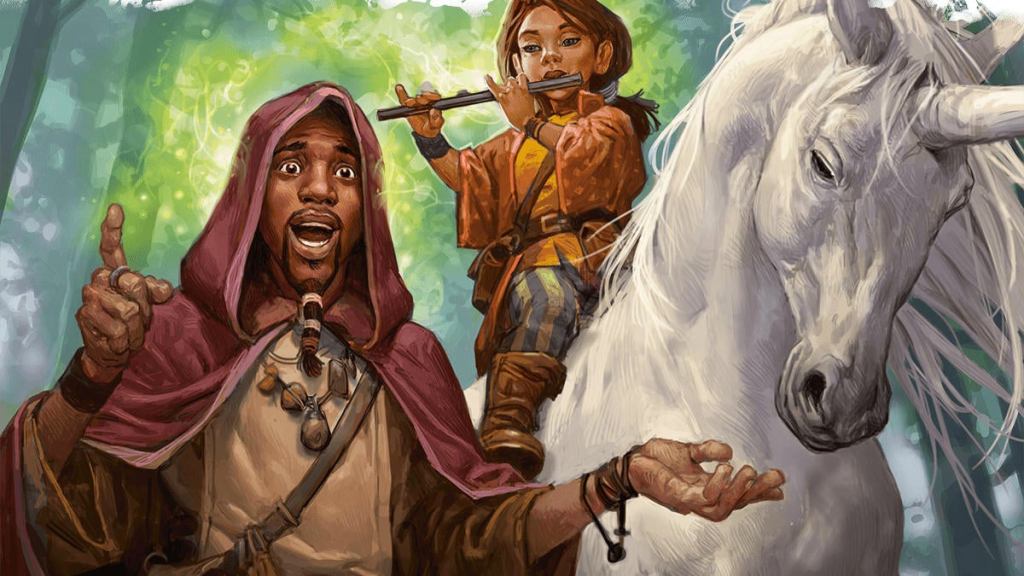Dungeons & Dragons could be bringing back a controversial game mechanic, based on its latest playtest. Earlier this week, Wizards of the Coast released a new Unearthed Arcana playtest packet titled “Heroes of Krynn.” The playtest heavily hints that D&D is gearing up for a return to Dragonlance, a once-popular campaign setting made famous by a series of novels written by Margaret Weis and Tracy Hickman. The new playtest included player options for the Kender race, a new Lunar Magic sorcerer subclass, and several backgrounds and feats tied to the Dragonlance campaign setting.
Videos by ComicBook.com
The backgrounds continue a design trend that started in Strixhaven: A Curriculum of Chaos. Both new backgrounds are specific to Krynn, tied to specific organizations (in this case, the Knights of Solamnia and the Mages of High Sorcery), and provide players with a “free” feat that grants them extra abilities or features tied directly to that organization. Basically, these backgrounds are designed to entice players to create characters that firmly fit within the scope of Krynn, instead of generic characters that can be plugged into any campaign setting. As Jeremy Crawford noted when they introduced a similar background/feat structure in Strixhaven: A Curriculum of Chaos, these backgrounds are supposed to be more powerful than the usual background – it’s a feature, not a bug.
However, “Heroes of Krynn” takes that one step further by providing players with additional feats that can only be taken if they previously took a specific feat. For instance, the Knight of the Crown feat requires a 4th Level character that previously took the Squire of Solamnia feat. If a player built their character using the Knights of Solamnia background, they automatically get the Squire of Solamnia feat. However, there’s nothing stopping a player from taking the Squire of Solamnia feat when they reach a certain level milestones based on their class. Interestingly, the”Divinely Favored” feat found in the isn’t tied to a background, but it does have its own follow-up feat “Divine Communications,” which can only be taken at Level 4.
In essence, Dungeons & Dragons is playing around with a simplified version of feat trees. Feat trees were much more common in D&D’s 3rd edition (and the revised 3.5 edition), with optimal player builds that often required a commitment to a series of feats right from the get-go. However, this was offset by feats being an integral part of character creation in earlier editions. Every player got to choose a feat for their character at certain levels, while 5th Edition makes feats an optional part of character creation that players can choose instead of taking an Ability Score Increase.
The feat tree system was often criticized for being too complex in previous editions, but the feat trees (or feat paths, since there’s really no branching options to choose from) seem much more complex. A player can “complete” the feat by the time they reach Level 4, which seems ideal as most D&D campaigns wrap up before they reach high levels.
Of course, keep in mind that playtest material is just that…it’s a playtest. There’s no guarantee that feat trees will appear in upcoming D&D material, especially if players provide negative feedback. You can check out the full playtest on D&D’s webpage.









